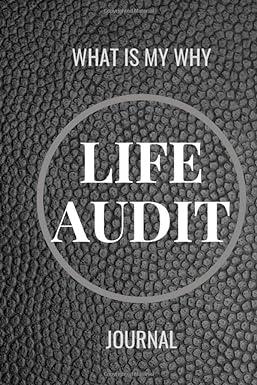Answered step by step
Verified Expert Solution
Question
1 Approved Answer
Assume that a 10-year, 2.5% annual coupon bond with semiannual (two periods per year) payments has a par value of $1,000. Assume the bond can
Assume that a 10-year, 2.5% annual coupon bond with semiannual (two periods per year) payments has a par value of $1,000. Assume the bond can be called at the five-year mark (i.e., in 5 years) at a call price of $1,100. The bond currently sells for $950. Employ the Excel file to answer the following questions:
- Fill in and calculate the basic bond data. Note that the periods to maturity is equal to the years to maturity times the periods per year; the periods until callable is equal to years until callable times the periods per year; the periodic coupon payment is equal to the annual coupon payment divided by the periods per year.
- Using the Excel Rate function, calculate the periodic Yield to Maturity. Using the Excel Rate function, calculate the annualized Yield to Maturity.
- Calculate the current yield. The current yield is defined as the Annual Coupon payment divided by Current Price.
- Calculate the Capital Gain or Loss Yield. Capital Gain or Loss Yield = Annualized YTM - Current Yield.
- Using the Excel Rate function, calculate the periodic Yield to Call. Using the Excel Rate function, calculate the annualized Yield to Call.
Step by Step Solution
There are 3 Steps involved in it
Step: 1

Get Instant Access to Expert-Tailored Solutions
See step-by-step solutions with expert insights and AI powered tools for academic success
Step: 2

Step: 3

Ace Your Homework with AI
Get the answers you need in no time with our AI-driven, step-by-step assistance
Get Started


